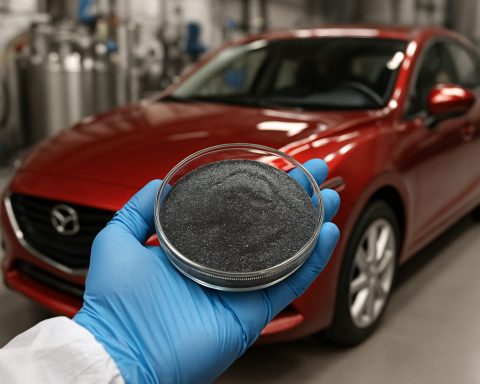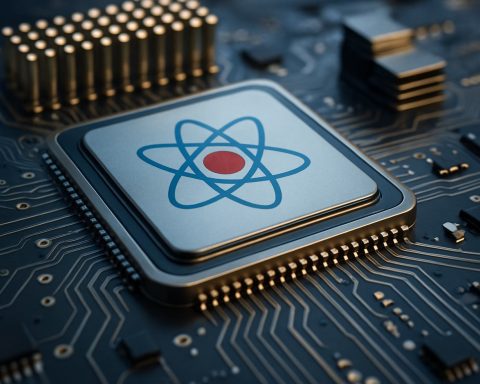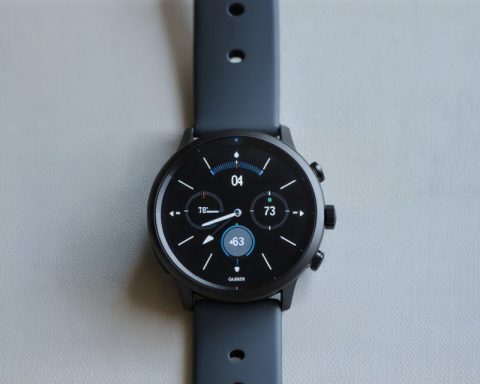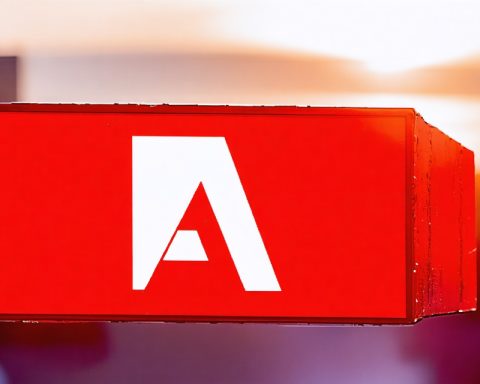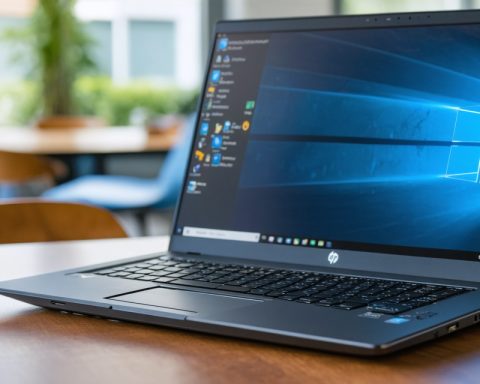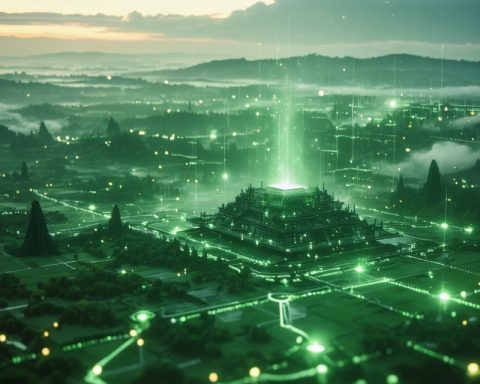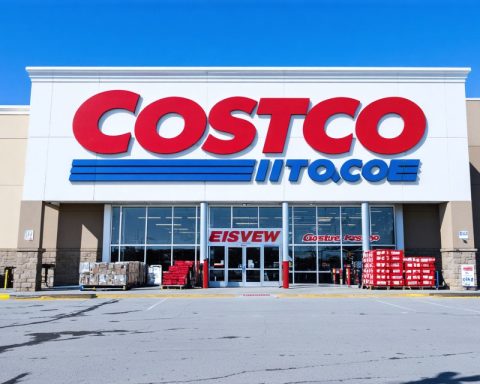- Boeing’s Starliner program faces significant challenges, leading to over $2 billion in expenditures with little success.
- The program, developed under a $4.2 billion contract with NASA, intended to compete with SpaceX’s Crew Dragon.
- Technical issues such as thruster failures and helium leaks have thwarted Starliner’s progress.
- NASA has reassigned astronauts to SpaceX’s Crew Dragon to ensure safe transport to and from the ISS.
- SpaceX, under Elon Musk’s leadership, is increasingly seen as the reliable choice for American spaceflight.
- Boeing’s future in space seems uncertain, with mounting losses that could impact future NASA contracts.
- The situation has generated public attention, with figures like Elon Musk and Donald Trump commenting on the development.
- As SpaceX gains prominence, questions arise about Boeing’s continued role in the commercial space race.
The world of aerospace, steeped in innovation and ambition, has witnessed Boeing’s Starliner stumble dramatically with a staggering $2 billion in expenditures yet little gain. Originally envisioned as NASA’s reliable partner for ferrying astronauts to the International Space Station, the Starliner program crumbles under the weight of technical glitches and financial discrepancies.
NASA and Boeing embarked on this journey with a hefty $4.2 billion contract, intending to compete with SpaceX’s Crew Dragon. However, recurring troubles have pillaged Boeing’s purse, with recent financial records revealing another hefty $523 million siphoned away in 2024 alone. This costly odyssey has transformed into one of the priciest gambles in the realm of commercial space travel.
Amidst thruster failures and helium leaks, the Starliner sits idle while Elon Musk’s SpaceX prepares a seamless rescue. NASA, foreseeing enormous hurdles, deftly reassigned astronauts Butch Wilmore and Suni Williams to Crew Dragon, averting potential dangers.
On social media, Elon Musk boldly positioned SpaceX as the white knight, ready to ‘rescue’ the astronauts. Even former President Donald Trump chimed in, lambasting the current administration for allegedly marooning the crew. Though these assertions sparked controversy, NASA maintained that the astronauts were never stranded and set to return home aboard the pre-arranged Crew-9 mission.
This unfolding saga casts a long shadow over Boeing’s future in space. With mounting losses now threatening more NASA contracts, the company’s presence in the cosmos appears to dim. Pundits conjecture whether Boeing will ultimately abandon its increasingly fraught space ventures.
As Wilmore and Williams continue their extended tenure aboard the ISS, one certainty remains: SpaceX gains momentum, eclipsing Boeing as the torchbearer of American spaceflight.
Boeing’s Starliner Struggles: Unpacking the Challenges and Future Outlook in Space Exploration
Background and Current Challenges
Boeing’s Starliner program, originally designed to transport astronauts to the International Space Station (ISS), is mired in financial overruns and technical issues. With over $2 billion in expenses and little progress, hesitations about Boeing’s role in commercial space travel are rising. Initially strong competitors with SpaceX through a $4.2 billion NASA contract, Boeing has faced challenges, including thruster failures and helium leaks, making it one of space travel’s costliest endeavors.
Pros and Cons of SpaceX vs. Boeing
SpaceX Pros:
– Proven track record with Crew Dragon’s successful missions.
– Flexibility and rapid development cycles.
– Innovation-driven culture.
SpaceX Cons:
– Relative newcomer status, with potential for unforeseen issues.
– Dependency on NASA contracts for sustained revenue.
Boeing Pros:
– Long-standing aerospace experience and industry partnerships.
– Strong manufacturing infrastructure.
Boeing Cons:
– Technical setbacks and budget overruns.
– Perception issues due to high-profile struggles.
Market Forecast and Trends
The future of commercial space travel is promising, with increased government and private sector investment. Market analysts believe companies focusing on efficient cost management and technological innovation will thrive. SpaceX, already leading with reusable rockets, is setting industry trends. Meanwhile, Boeing faces potential contract losses with NASA if they fail to rectify the Starliner’s issues soon.
Controversies and Public Perception
Elon Musk’s readiness to step in has sparked debates on social media, challenging Boeing’s capabilities. Political figures have also weighed in, though NASA assures that astronaut safety was never compromised. The narrative of these events influences public confidence and investor support, which could dictate Boeing’s future endeavors.
Predictions and Future Outlook
Analysts speculate Boeing could reconsider its direction in space initiatives, focusing on core competencies or forming strategic alliances to mitigate risks. Conversely, SpaceX’s ascension as a dependable partner for NASA propels its influence and market share further.
Useful Resources
– Learn more about NASA’s human spaceflight missions and updates: NASA.
– Explore more about SpaceX’s innovations and plans: SpaceX.
– Discover Boeing’s array of aerospace products and initiatives: Boeing.
In conclusion, Boeing’s path to reclaim its standing in space exploration requires navigating current challenges with technological adjustments and strategic clarity, while competitors like SpaceX continue to elevate industry standards.



